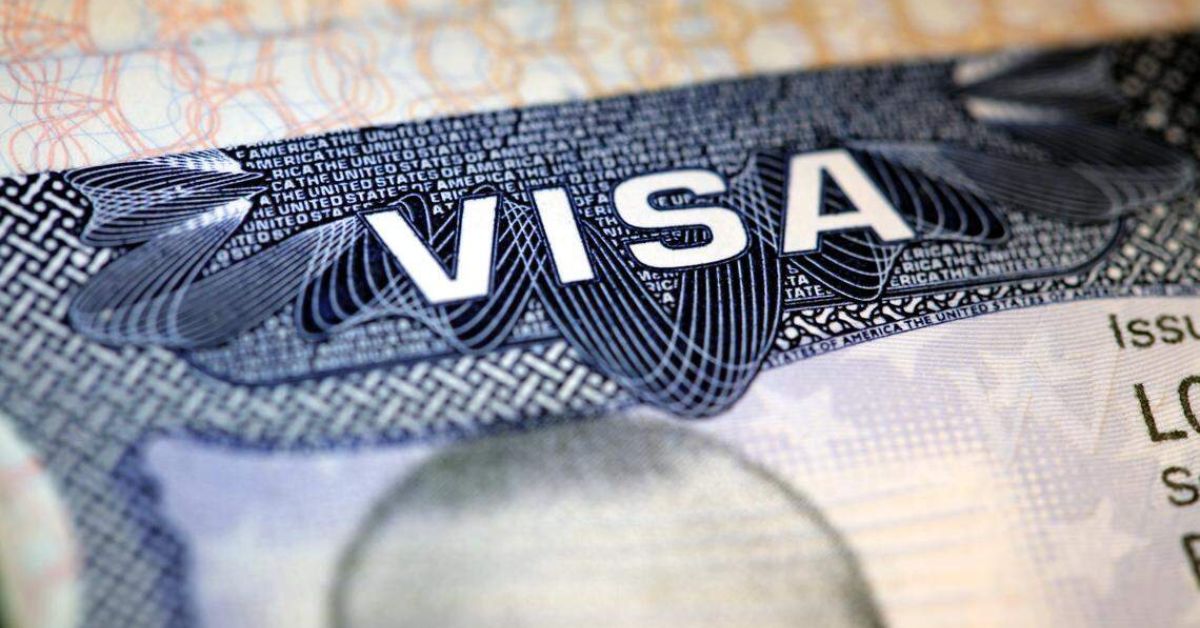After being apart from your family for many years, being with them again is arguably one of the most powerful reasons why people want to immigrate to the USA. Often, family-based immigration is the means by which the plan becomes a reality. If you are a US citizen and your parents are living abroad, you can petition for them to come to the United States on a permanent basis so that you can share important moments in life once again.
This guide breaks down how family reunion immigration works, the steps involved in securing an immigration visa for parents, and how to navigate the family reunification process immigration with clarity and confidence.
Table of Contents
ToggleFamily-Based Immigration Explained: Everything You Need to Know
Before you begin the process, it’s important to understand what family-based immigration is. Simply put, this immigration category allows US citizens and lawful permanent residents (Green Card holders) to sponsor certain family members to come and live permanently in the United States.
The US immigration system places a strong emphasis on family unity, which is why family-based petitions make up a large portion of all immigrant visas each year. Among these, immediate family immigration, which includes parents, spouses, and unmarried children under 21, receives priority.
Bringing Your Parents to the US

If you are a US citizen aged 21 or older, you are eligible to sponsor your parents for a family-based immigrant visa. To do so, you must file a petition with the US Citizenship and Immigration Services (USCIS) to establish your relationship and qualify your parents to immigrate to the US.
The process starts with you filing Form I-130 (Petition for Alien Relative). Once the petition is approved, your parents will file an application for their immigration visa for parents either overseas through consular processing or through adjustment of status if they are already in the US.
Here is what generally happens next:
- File Required Documents: Include a copy of your US birth certificate and other proof of US citizenship and evidence of parent-relationship.
- Visa Processing: After your Form I-130 petition is approved, the National Visa Center (NVC) will take care of the next steps for consular visa issuance.
- Consular Interview: Your parents will attend the interview process at the US embassy or consulate.
- Medical Exam & Approval: Once approved, your parents may travel to enter the US as lawful permanent residents.
Throughout the process, working with a family-based immigration attorney will make all the difference to any child looking to sponsor a parent, as immigration attorneys will help in the process of understanding each step correctly and precisely file the associated documents involved with each step.
Immediate Family Immigration vs. Preference Categories
When exploring family-based immigration, you’ll encounter two major classifications:
- Immediate Relatives: Parents, spouses, and unmarried children under 21 of US citizens.
- Family Preference Categories: Other relatives, like siblings or married children, who may have longer waiting times due to visa caps.
For parents, the immediate family immigration route is the most straightforward because it doesn’t have annual visa limits, meaning no waiting years for an available visa number.
How Family Reunification Process in Immigration Works?

The family reunification process in immigration: Comprehending the Family Reunification Process within Immigration.
The family reunification process within immigration is much more than just filing paperwork; it is a systematic legal process to preserve family unity. However, immigration can also be aversive and overwhelming emotionally and administratively without the right support.
To simplify the process, here is a simplified version of the family reunification process:
- Step 1: File the I-130 petition.
- Step 2: Wait for USCIS approval and NVC review.
- Step 3: File and submit the DS-260 (Immigrant Visa Application)
- Step 4: Go to the consular interview,
- Step 5: Receive your visa approval and rejoin with your parents in the U.S
Every step demands precision; even a single incomplete document or a failure to share accurate information can cause major delays. To make sure you have everything covered, it is crucial to collaborate with an experienced spouse visa provider or immigration attorneys.
Common Challenges Families Face
While the system is designed to help, many applicants encounter roadblocks. Some common challenges include:
- Lengthy processing times due to backlogs or incomplete petitions.
- Document verification issues or missing proof of relationship.
- Errors in forms or miscommunication with immigration officers.
Having a trusted family-based immigration attorney can help you avoid these mistakes. They can guide you through each step, help you prepare supporting evidence, and even communicate directly with immigration authorities on your behalf.
Why Legal Guidance Matters
Many families underestimate how complex US immigration law can be. A single missed form, an outdated fee, or a misunderstood instruction can result in significant delays.
An attorney experienced in family-based immigrant visa cases ensures that you meet all eligibility criteria, submit accurate documents, and stay informed at every step. They can also help if complications arise, such as if one parent is outside the country or if prior immigration violations exist.
Working with professionals like an experienced immigration attorney can provide peace of mind that your case is in capable hands.
Emotional Rewards of Family Reunion Immigration

Family reunification immigration is not only a legal process; it is an issue of love, connectedness, and belongingness. When you move your parents to the United States, you are about to share life’s milestones together, provide extra support as they age, and create a nurturing and welcoming living environment.
This process not only promotes family connections but also honors a cardinal principle of US immigration law, keeping families together.
How to Start the Process
If you are ready to start the process to be reunited with your parents, here are some things that you can do today:
- Prepare your documents: evidence of citizenship, evidence of parent-child relationship, and evidence of the financial ability to sponsor your parent.
- Consult with a qualified professional: There is nothing better than having an immigration attorney who is knowledgeable about the process, timelines, and can help prepare you for each step.
- Prepare mentally: Immigration is a lengthy process, but when you are reunited with your family, it is well worth the wait.
Final Thoughts
Through family-based immigration, you can reunite with your parents in a meaningful way that combines legal procedures with emotional fulfillment. Being together as a family is the priceless result, even though the process calls for patience and attention to detail.
With the assistance of specialized professionals, like spouse visa solicitors or immigration lawyers, you can traverse this journey easily and assuredly in order for your parents to have the option to live life with you in the United States.
FAQs
What is family-based immigration?
It’s a process that allows US citizens or Green Card holders to sponsor eligible family members to live permanently in the United States.
Can I sponsor my parents if I’m a Green Card holder?
No. Only US citizens aged 21 or older can petition for their parents under immediate family immigration.
How long does the immigration visa for parents take?
Processing times vary, but on average, it can take between 8 months and over a year, depending on documentation and government backlogs.
Do my parents need a medical exam?
Yes, all applicants for a family-based immigrant visa must complete a medical examination by an approved physician.
Do I need an attorney for the process?
While it’s not mandatory, hiring a family-based immigration attorney can help ensure that every form and document is completed correctly, avoiding unnecessary delays or rejections.







